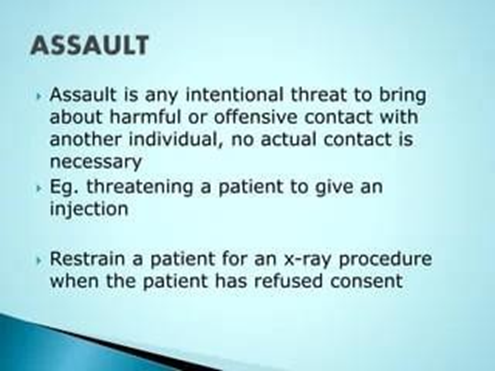The nurse reviews the client's test results
For each potential provider's prescription, click to specify if the potential prescription is anticipated or contraindicated for the client.
Contact precautions
Ethambutol
Monthly TB skin test for 1 year
Isoniazid
Airborne precautions
Pyrazinamide
Rifampin
The Correct Answer is {"A":{"answers":"A"},"B":{"answers":"A"},"C":{"answers":"B"},"D":{"answers":"A"},"E":{"answers":"A"},"F":{"answers":"A"},"G":{"answers":"A"}}
A. Since the sputum culture is positive for M. tuberculosis, contact precautions are necessary to prevent the spread of the infection to others. These precautions include wearing gloves and a gown when in contact with the client or their environment.
B. Ethambutol is one of the first-line medications used in the treatment of tuberculosis (TB). It works by inhibiting the growth of TB bacteria, thereby helping to eliminate the infection.
C. A monthly TB skin test is not a standard part of treatment for a patient with active TB and is therefore contraindicated.
D. Isoniazid is another first-line medication used in the treatment of TB. It works by killing the TB bacteria and is often used in combination with other medications to treat active TB infection.
E. Since the sputum culture is positive for M. tuberculosis, airborne precautions are necessary to prevent the transmission of TB via airborne droplets. These precautions include wearing an N95 respirator mask and placing the client in a negative-pressure isolation room.
F. Pyrazinamide is part of the standard multidrug regimen used to treat TB. It works by killing the TB bacteria in different stages of their life cycle, helping to eradicate the infection more effectively.
G. Rifampin is another essential medication used in the treatment of TB. It works by inhibiting the synthesis of bacterial RNA, thereby killing the TB bacteria. Rifampin is usually given in combination with other TB medications to prevent drug resistance.
Nursing Test Bank
Naxlex Comprehensive Predictor Exams
Related Questions
Correct Answer is A
Explanation
A. Newborn genetic screening is typically performed after 24 hours of age to ensure accurate results and allow for the detection of certain genetic conditions.
B. Newborn genetic screening is typically performed only once, shortly after birth, and is not routinely repeated at 2 months of age.
C. Newborn genetic screening does not typically require the baby to drink water prior to the test.
D. While blood is drawn from the baby for genetic screening, it is typically obtained from the baby's heel, not the inner elbow.
Correct Answer is B
Explanation
A. A towel on the floor outside of the shower could be a tripping hazard.
B. This prevents slipping and falls, which is crucial for someone recovering from knee surgery.
C. Slippers with non-slip soles would be a safer choice to prevent falls.
D. While handrails are helpful for mobility and safety, this recommendation does not address the immediate postoperative care needs of the client following knee surgery.

Whether you are a student looking to ace your exams or a practicing nurse seeking to enhance your expertise , our nursing education contents will empower you with the confidence and competence to make a difference in the lives of patients and become a respected leader in the healthcare field.
Visit Naxlex, invest in your future and unlock endless possibilities with our unparalleled nursing education contents today
Report Wrong Answer on the Current Question
Do you disagree with the answer? If yes, what is your expected answer? Explain.
Kindly be descriptive with the issue you are facing.
